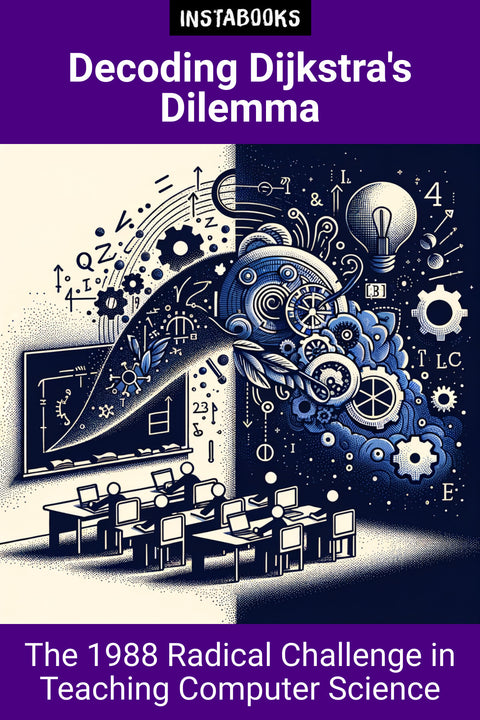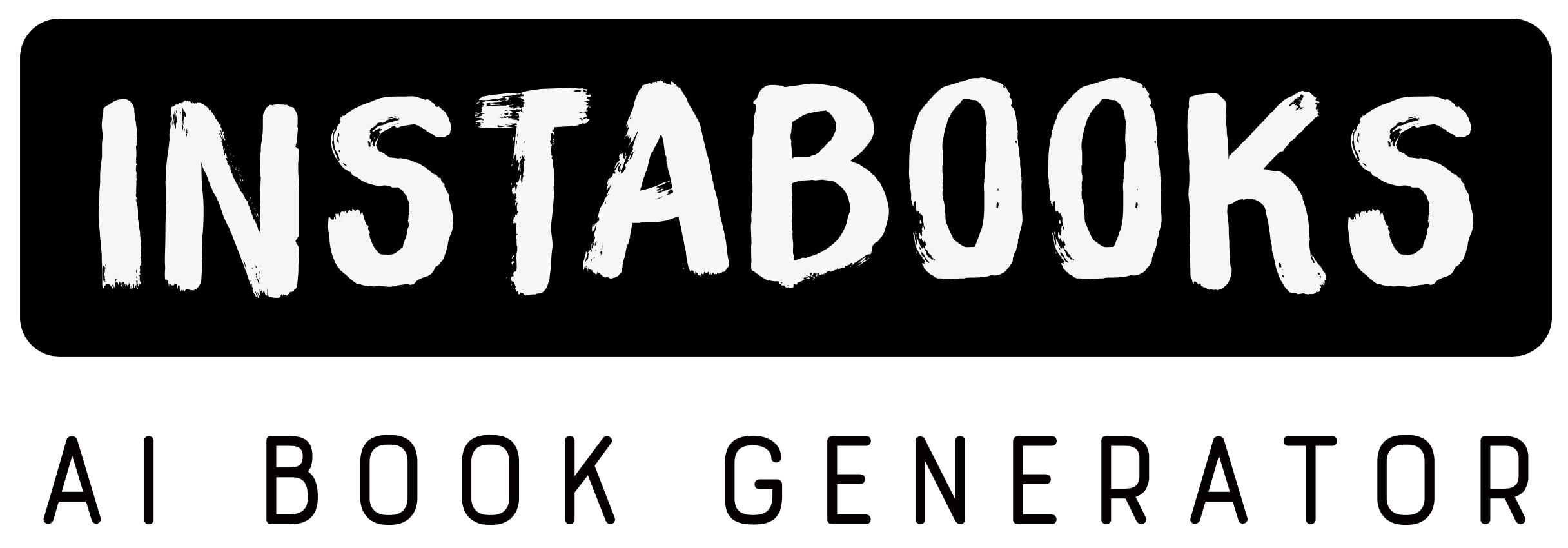
Decoding Dijkstra's Dilemma
The 1988 Radical Challenge in Teaching Computer Science
Included:
✓ 200+ Page AI-Generated Book
✓ ePub eBook File — read on Kindle & Apple Books
✓ PDF Print File (Easy Printing)
✓ Word DOCX File (Easy Editing)
✓ Hi-Res Print-Ready Book Cover (No Logo Watermark)
✓ Full Commercial Use Rights — keep 100% of royalties
✓ Publish under your own Author Name
✓ Sell on Amazon KDP, IngramSpark, Lulu, Blurb & Gumroad to millions of readers worldwide
Introduction to a Radical Perspective
"Decoding Dijkstra's Dilemma" delves into Edsger W. Dijkstra's thought-provoking 1988 paper, "On the Cruelty of Really Teaching Computing Science." This book unravels his critical perspective on the unique challenges of teaching computer science, specifically highlighting the radical novelty of computers and the inadequacy of traditional teaching methods grounded in metaphors and analogies. This educational journey is not just about understanding Dijkstra's critique but also exploring the broader implications of his ideas.
The Radical Novelty of Computing
Dijkstra eloquently illustrates the profound distinction of computers as a radical novelty, emphasizing the sharp discontinuity they represent in human history. The book explores how this novelty defies our conventional use of metaphors and analogies, proposing that true comprehension demands an entirely new frame of understanding rather than tenuously linking new experiences to the old. By dissecting this groundbreaking perspective, the book sheds light on why traditional educational tools may falter.
The Double-Edged Sword of Metaphors and Analogies
This book provides a balanced analysis of the pros and cons of using metaphors and analogies in computer science education. While acknowledging their potential to simplify complex ideas, it forefronts Dijkstra's caution against misleading oversimplifications when dealing with computing’s abstract nature. Readers will gain insights into how metaphors might obscure understanding instead of clarifying it, especially in the context of novel concepts like computing.
Constructivist Methods and Dijkstra’s Mathematical Approach
A critical examination is provided of contrasting educational philosophies, including the constructivist method, which ties learning to previous experiences, and Dijkstra's own preference for teaching computer programming as a subfield of mathematics. This section underscores the significance of formal correctness and provability over more intuitive teaching methods, offering readers an understanding of why Dijkstra vehemently opposed simplification in teaching practices.
Impact and Legacy in Modern Education
Finally, "Decoding Dijkstra's Dilemma" reflects on the lasting influence of Dijkstra's ideas in contemporary educational practices. Many curricula continue to leverage metaphors and analogies, even as they integrate modern techniques like abstraction and design patterns. Notably, the book calls for a more critical appraisal of these tools in light of Dijkstra's arguments, proposing a renewed focus on formal verification methods to meet the evolving demands of teaching computing science.
Table of Contents
1. Understanding Radical Novelty- Defining Radical Novelty
- Impact on Teaching Methods
- Beyond Traditional Tools
2. The Limits of Metaphors
- When Analogies Fail
- Abstraction in Computing
- Clarifying through Complexity
3. Dijkstra’s Vision: A Mathematical Approach
- Programming as Mathematics
- Formal vs Intuitive Methods
- The Pursuit of Correctness
4. Constructivist Approaches in Education
- Linking Old and New
- The Role of Experience
- Balancing Theory and Practice
5. Metaphors: A Double-Edged Sword
- Simplification vs Misleading
- Effective Use in Education
- Reconciling Novelty and Familiarity
6. Revisiting Educational Theories
- Traditional vs Modern
- Innovative Practices
- The Future of Teaching CS
7. The Pedagogical Debate
- Supporting Dijkstra's Concerns
- Counterarguments and Revisions
- Evolving Perspectives
8. Curricula and Modern Techniques
- Abstraction and Design Patterns
- The Role of Formal Methods
- Shaping Future Education
9. Dijkstra's Legacy in Academia
- Influence on Curricula
- Critique and Evolution
- Lasting Impact
10. Critical Reflections on Dijkstra’s Essays
- Reassessing His Theories
- Cultural and Technological Shifts
- Timeless Lessons
11. Challenges in Teaching Computing Science
- Rethinking Educational Practices
- Addressing Students’ Needs
- Preparing for Future Innovations
12. Encouraging a Paradigm Shift
- Innovative Teaching Strategies
- From Tradition to Innovation
- Embracing Change in Education
AI Book Review
"⭐⭐⭐⭐⭐ With profound insight into the intricacies of teaching computer science, this book captures Dijkstra's radical critique like no other. It brilliantly balances historical context with modern educational challenges, making it indispensable for educators and students alike. The examination of metaphors and analogies is thorough and eye-opening, offering a new perspective on familiar teaching tools. Despite its critical stance, the book inspires educational innovation, encouraging a shift toward thoughtful, rigorous methodologies. It's a truly engaging read, essential for anyone passionate about computer science education."
